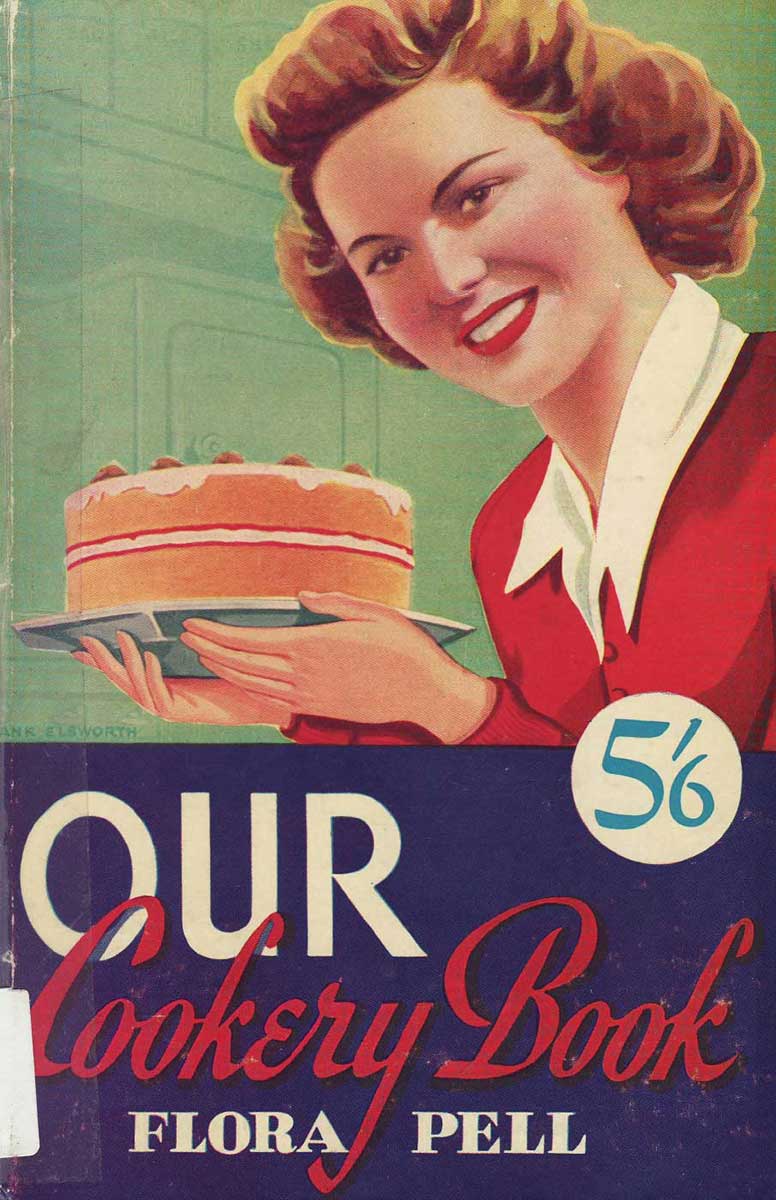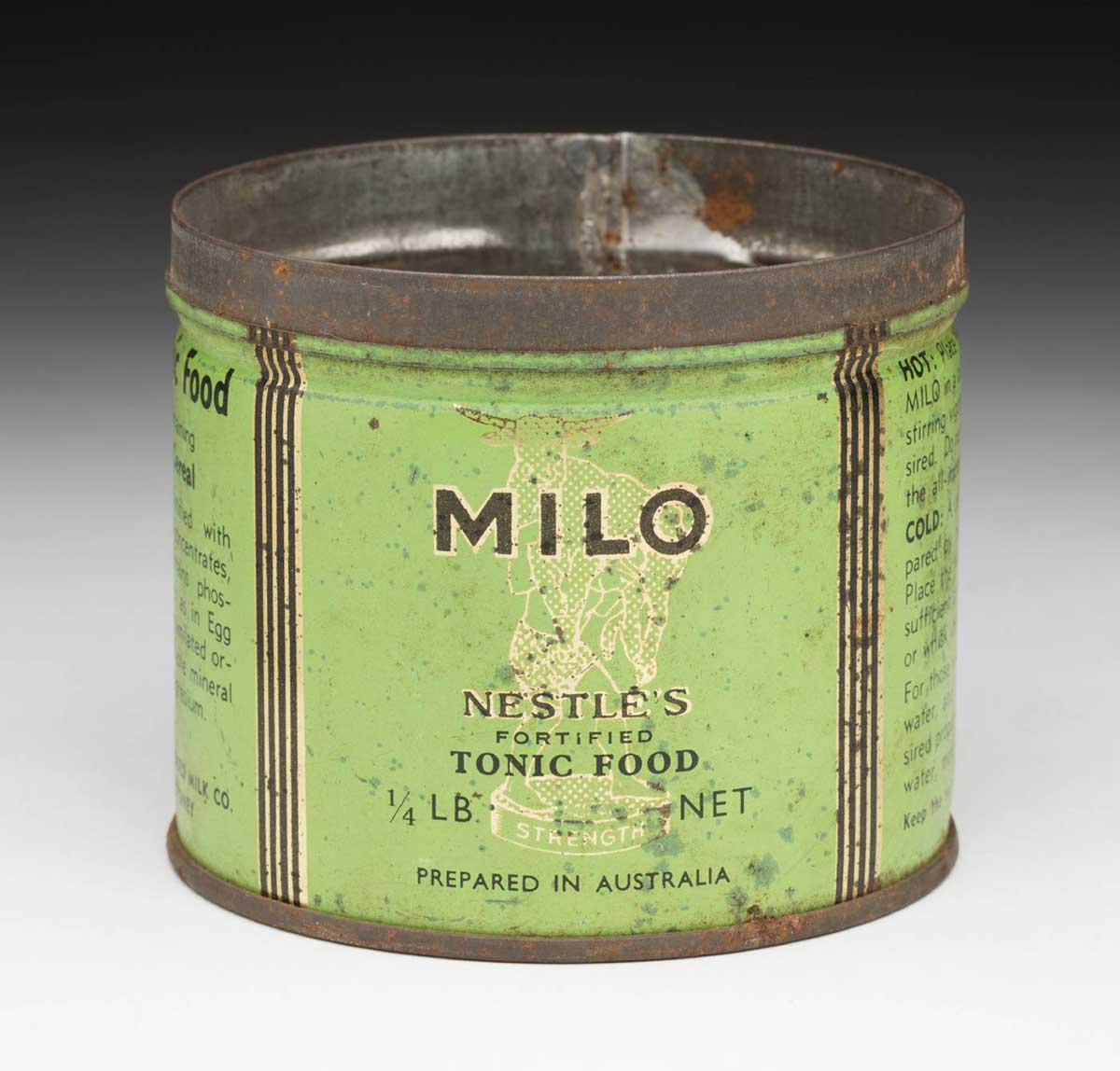Food may have been your salvation or your struggle during isolation. Here are three of our favourite food-related collection items and stories.

Flora Pell
In our Audio on Demand, Alison Wishart examines the challenges of displaying rare cookery books in museums.
She focuses on Flora Pell’s Our Cookery Book, published in 1916, and suggests display methods to allow better visitor interaction.
Flora Pell was a wife and ‘homemaker’ who also forged a career for herself in the Victorian Education Department.
Pell could be considered Australia’s first celebrity cook. Her recipes and helpful domestic hints were broadcast on the airwaves, and were printed in the newspapers and magazines of the day.
Collections 2009 series 27 Mar 2009
Flora Pell: Australia’s first domestic goddess
Milo

Milo is a chocolate and malt powder typically mixed with milk and it was invented in 1934 by Thomas Mayne, an industrial chemist and inventor.
Mayne launched Milo at the Sydney Royal Easter Show and named it after Milo of Croton, a famous wrestler from Ancient Greece.
Milo is also enjoyed outside of Australia, and is manufactured in other countries to suit the tastes of the region.
In Malaysia and Singapore Milo is mixed with ice, and iced Milo is available in fast food chains like KFC and McDonald’s. Milo is also spread on bread as an alternative to jam.
No matter how you enjoy Milo, we can all agree it hits the spot.
Boomerangs

Boomerangs are an internationally recognised symbol of Australia. Historically, they were used as hunting weapons. They come and different shapes and sizes, and can be used to hunt many different animals.
Indigenous rock art in the Kimberly region depicts Indigenous Australians throwing boomerangs at animals. This art is estimated at over 50,000 years old.
The boomerang features in Aboriginal creation mythology, and is considered as old as the continent itself. It is a symbol of cultural endurance and a tangible link to Aboriginal presence on this land for thousands of years.
We’ll keep bringing objects, collections, exhibitions and programs from the vault as part of the Museum from home experience. Stay tuned!
In our collection
